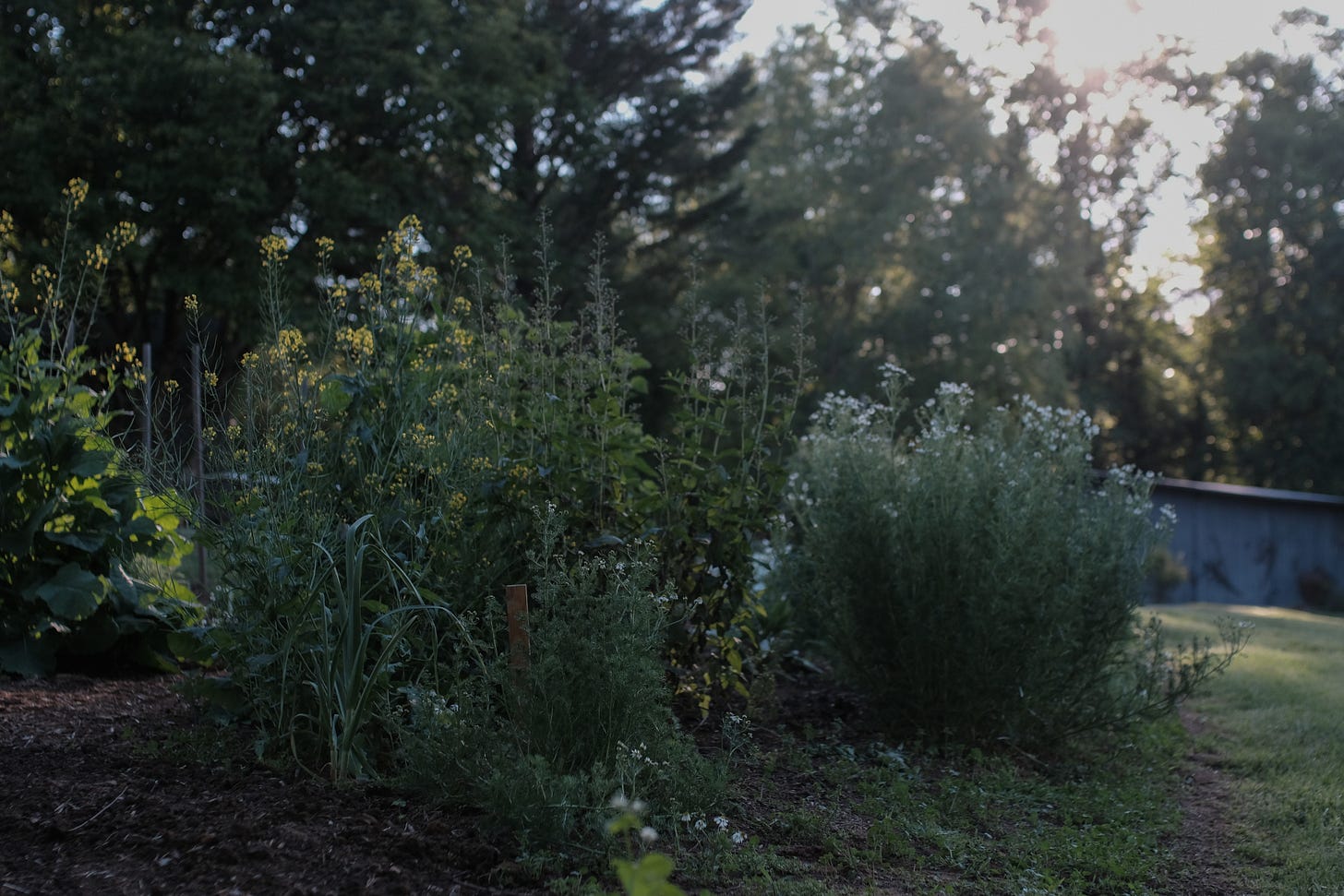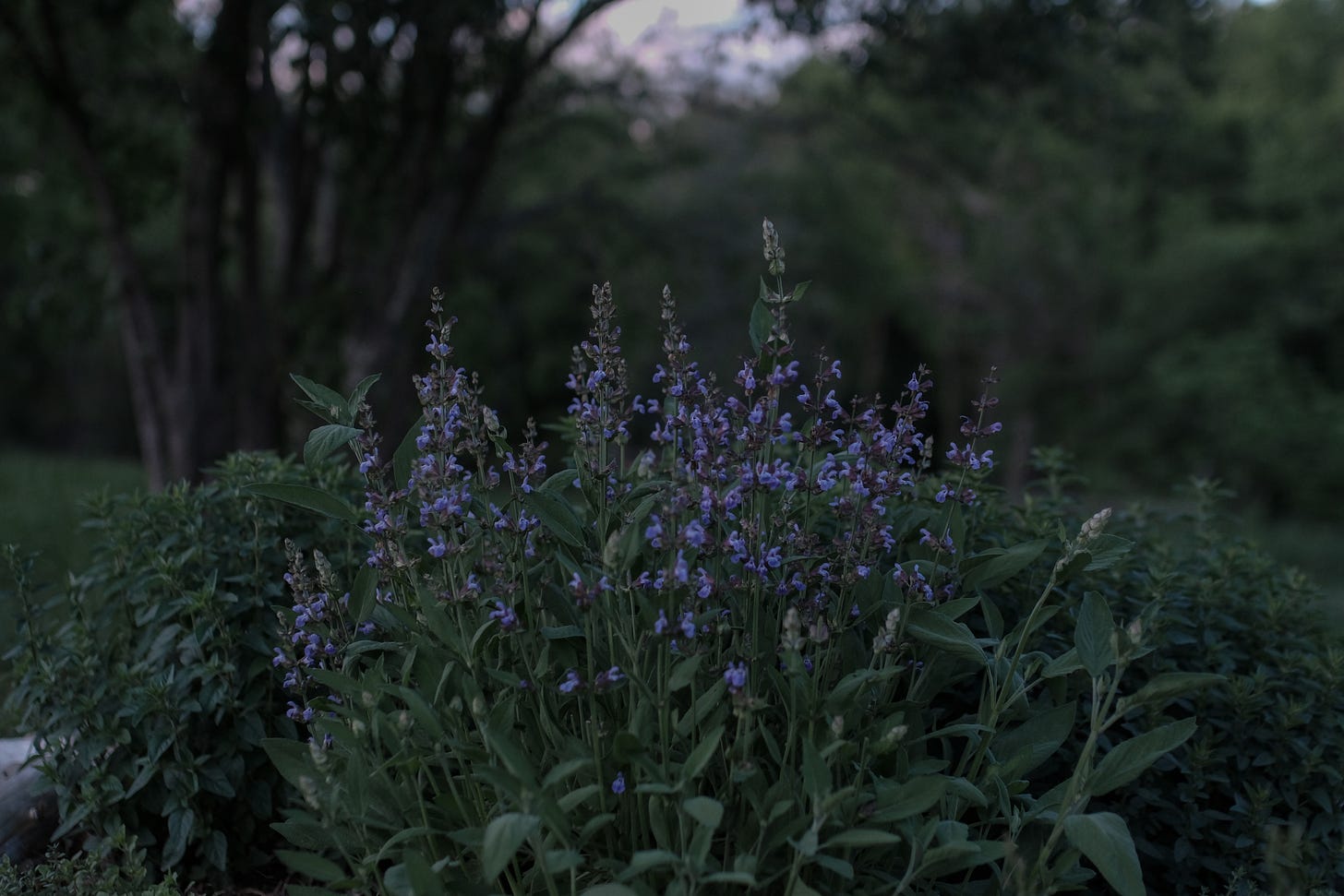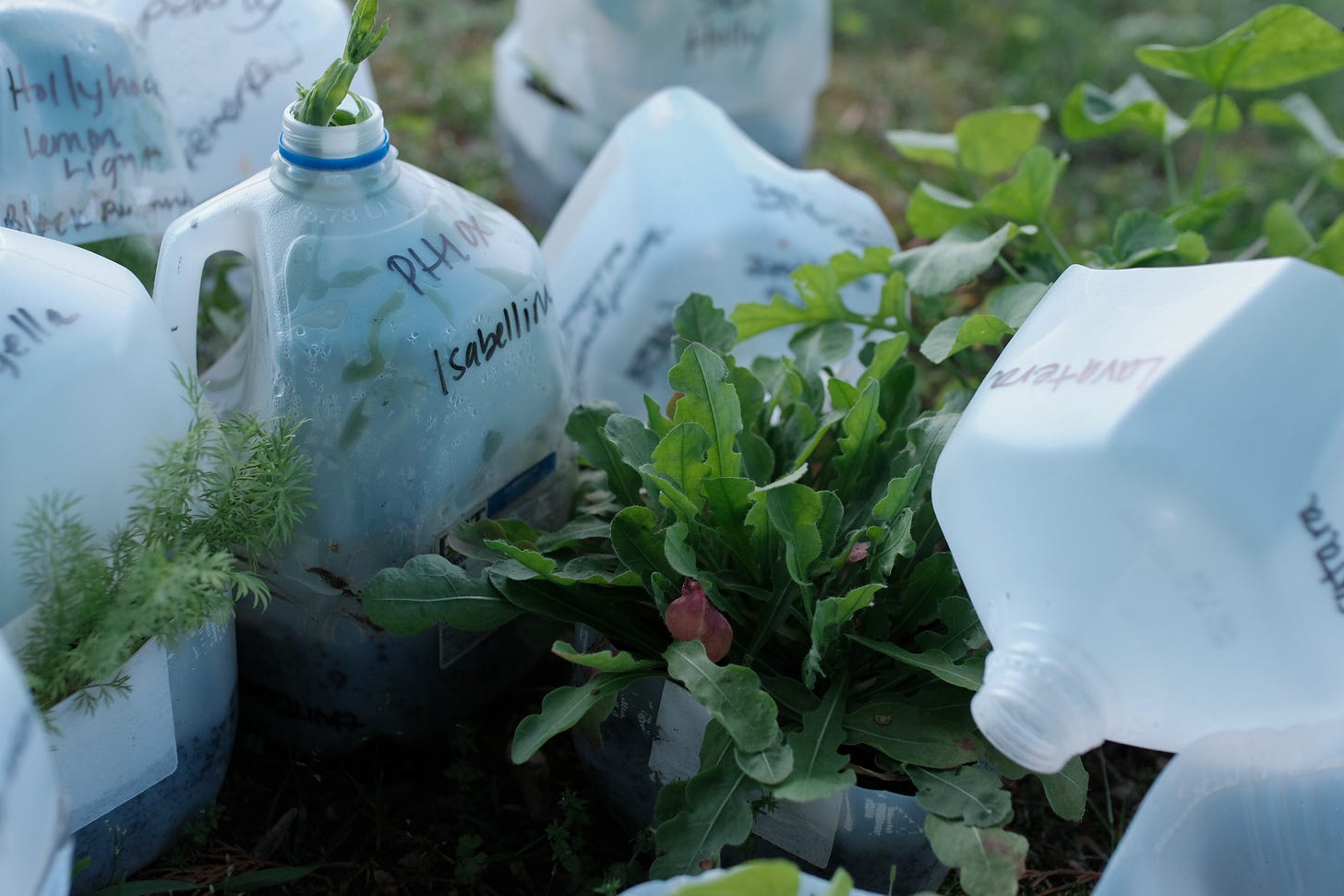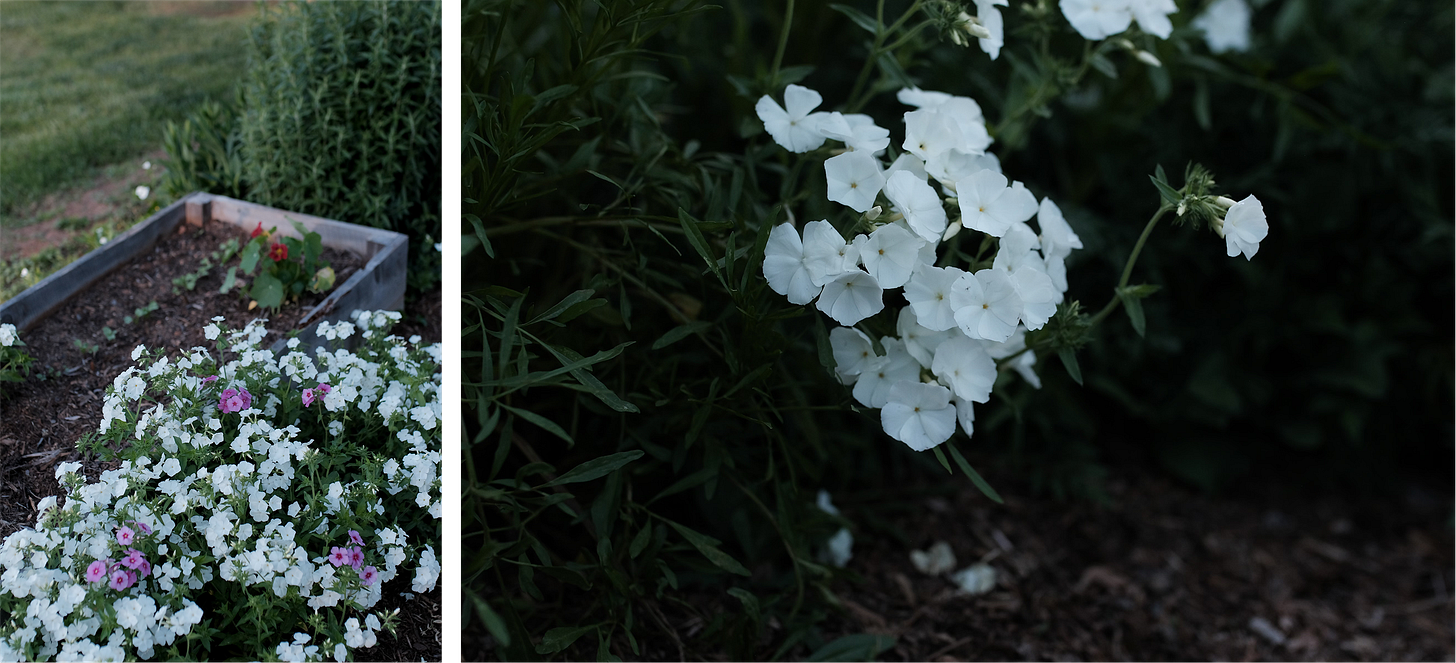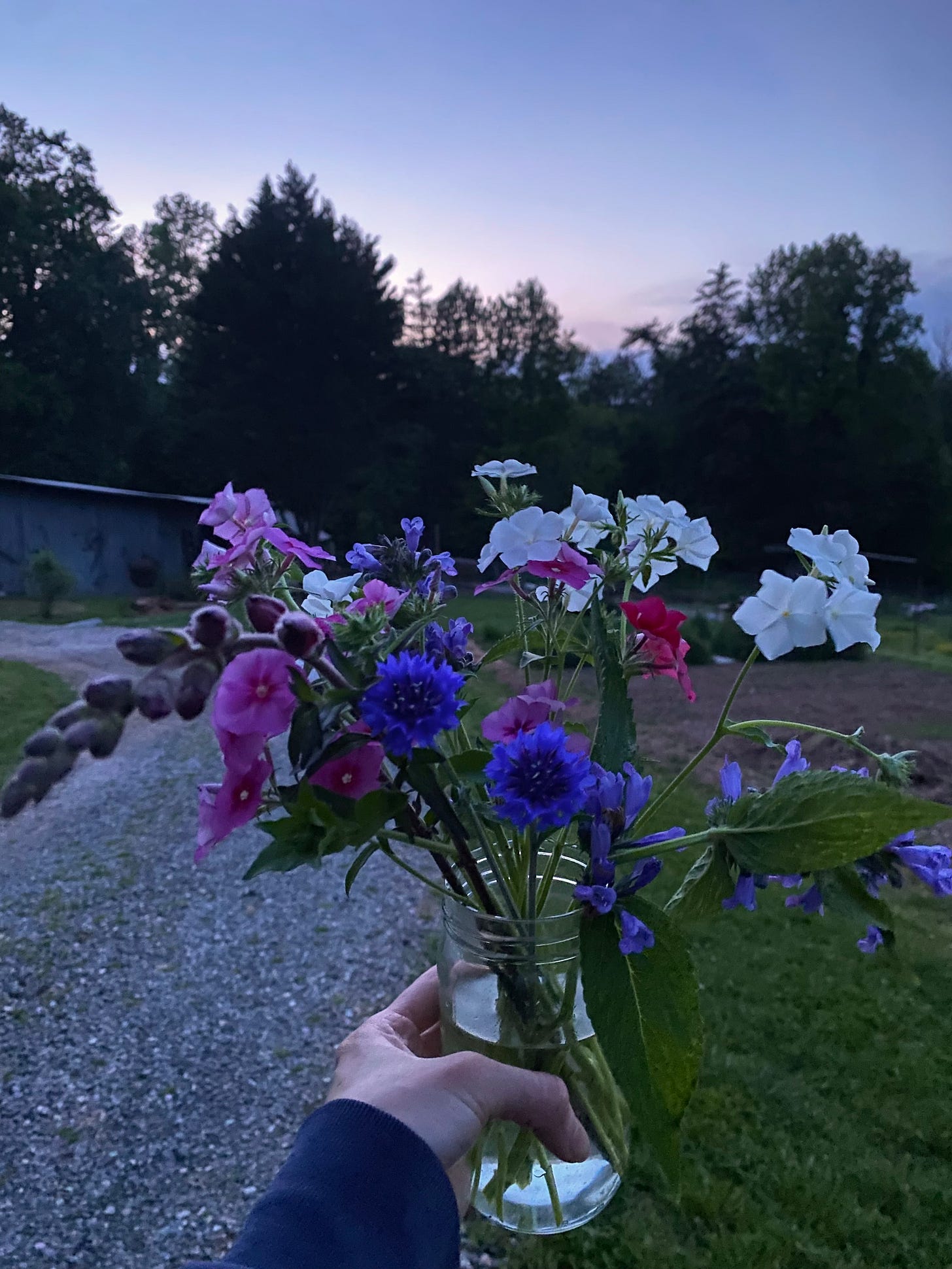The gardener I almost never was
And why I winter sow
Since moving to the southeast, I’ve stopped the practice of wishing away winter. After living in the midwest my entire life and experiencing the harsh realities that winter can be, winter here feels pleasant—like an eternal spring with no allergies. In this new climate, the winter months can certainly be a time to slow down. But as a gardener—and especially in these years of establishing new growing spaces—it is a season for hard work and getting the garden ready for the long growing season ahead. Still, while the winters here are not marked by idleness, this time of year feels like the end of a season of waiting, and it’s something I look forward to with so much anticipation.
Here in western North Carolina, we’ve been free from frost for almost a month now. While transplanting begins in February with things that are hardy, last month brought the joy of getting those first tender seedlings in the ground. The snapdragons are in full bloom; the herb gardens are already putting off their aromatic presence; the self-seeded phlox (and chamomile, rudbeckia, amaranth, and more) have let me know they won’t ever be leaving my gardens; and the second-year perennials have burst forth with new life. While the bugs haven’t come with a vengeance quite yet and the milk jug aesthetic will still be present in the corners of the gardens for at least a few more weeks, all the brown has turned to green and we are very much in the growing season.
While that is all true, this year has been different. It has been the most difficult year I’ve had making the transition from jug to ground. While last year was a big year—starting entirely from scratch after moving across the country—I decided to make it even harder on myself this year, and essentially start over again (thanks Pinterest).
Pressure from the garden is compounded by the normal day-to-day tasks (namely: figuring out what meal to cook next). My hands are full with life as a mom of littles with days that are overflowing with all the magic and sheer chaos that is this season of my life. That and probably the fact that once again, I said I would be super chill this year—yet it’s a slippery slope from super chill to 130 milk jugs scattered about. If I’m completely honest with myself (and you), I feel a sense of overwhelm and defeat—and I just got my tomatoes in the ground.
At this point in the growing season, the focus has shifted completely from germination excitement to the daily anxiety about whether I have what it takes to get things in the ground before their roots completely stress out and the heat takes over. That and dealing with cut worms. (If you can’t relate to any of this, you aren’t winter sowing in the southeast.) If you want to know the real pressure I’m under, I have about 50 more jugs to deal with—some threatening to bloom and produce fruit.
As I’ve been trying to manage the milk jug chaos amidst new garden plans, I’ve had to remind myself to take deep breaths and refocus on what’s actually important. Meanwhile, I’ve also been walking alongside a close friend who is newer to gardening and asking all the same questions I once did. Our conversations have caused me, on multiple occasions, to think back to my extremely humble beginnings (in other words, I knew nothing) as a gardener, and more specifically, to how I got into winter sowing and what that did for my life.
Where it all started
Many of you are here because some channel of the internet led you to one of my guides on winter sowing. Similarly, lots of you are here because you’re part of my winter sowing facebook group. If you’re engaged there, you probably know that I start hundreds of seeds in milk jugs each year and plant massive gardens (that are far too big for one person to care for). But something you probably don’t know is that, for most of my life, I’ve been terrified of touching dirt.
Gardening aside, everyone comes into contact with dirt at least once in their childhood (to be a child is to touch dirt, right?). I’ll start by saying that although my family was not into gardening beyond filling pots with Home Depot plants on Mother’s Day, for the first decade of my life, my interactions with dirt probably looked fairly standard for a kid. Somewhere along the way, when I did inevitably touch dirt, anxiety consumed my thoughts for days after. I would think about who would show up to my funeral and what things they would say about me. I would check my temperature and apply topical antibiotics to any questionable cracks in my skin while casually ruminating on how it would feel to die—and all the existential anxieties that come with that. While the intensity of those anxiety responses to touching dirt lessened over my life, for nearly two decades, I believed that dirt, if touched, was going to hurt me—at best—or kill me. It took the act of scooping dirt into a milk jug for me to begin to accept that very low probability for my life.
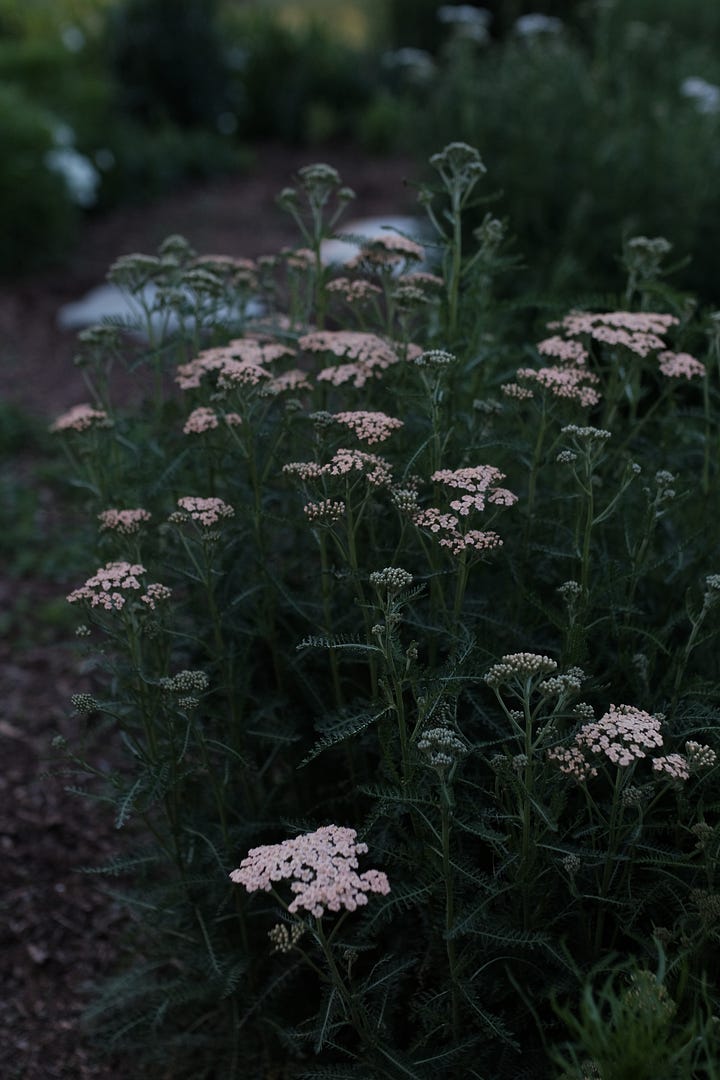
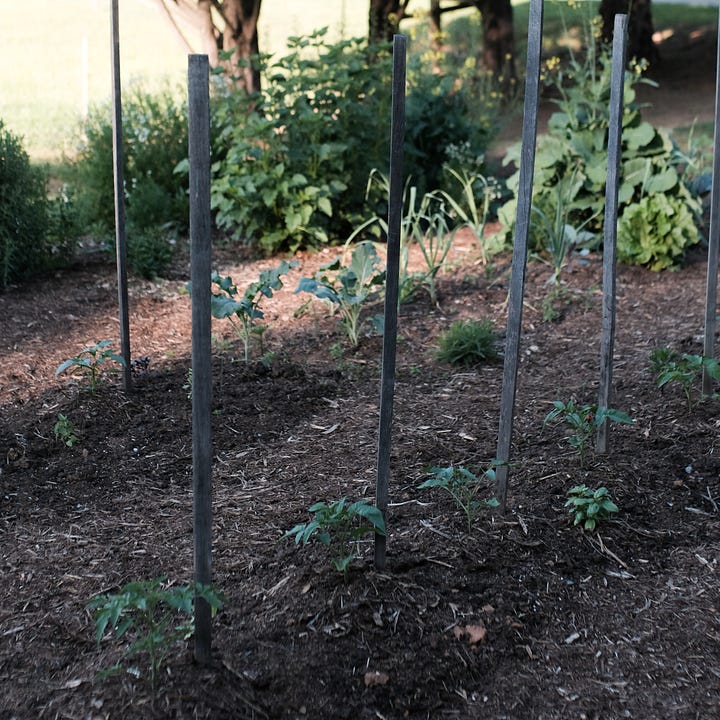
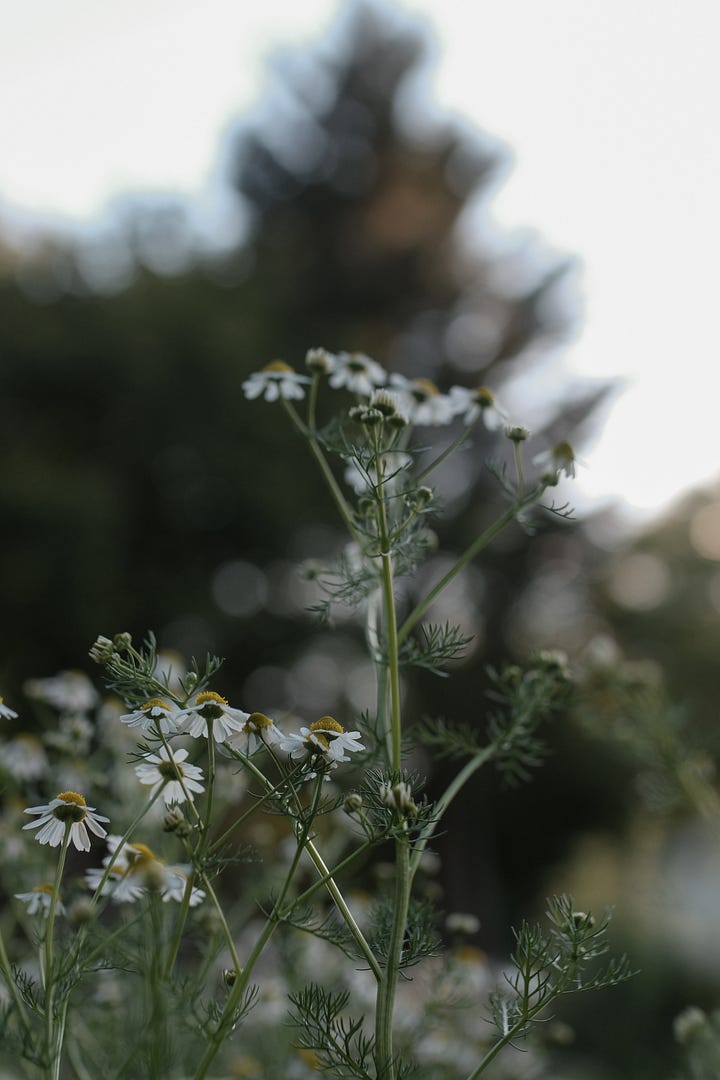
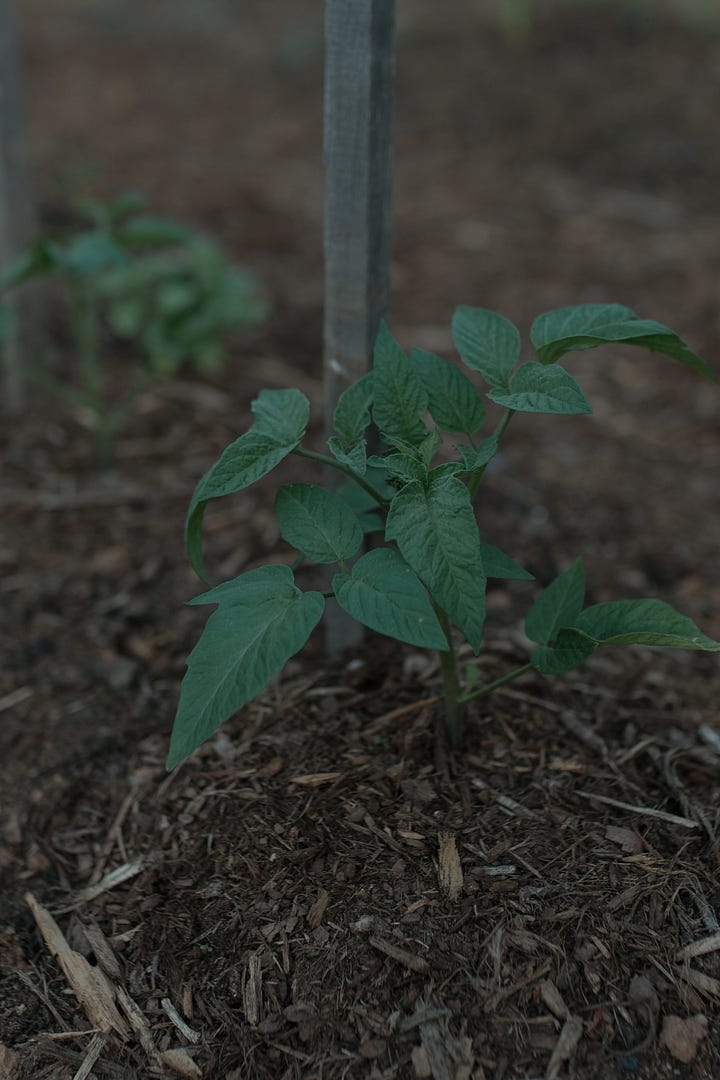
Before you start diagnosing a possible mental health condition that drove this, let me just state that this fear—though admittedly very irrational—did stem from an experience I had when I was young.
My mom got sick with a life-threatening MRSA infection. I remember how she looked ill with the flu. I remember the wound that went from a small paper cut to a gaping crevasse within 24 hours. I remember her thumb that appeared two times its normal size (or at least that’s how my adolescent-sized brain processed it). I remember the red line running up her arm. I remember she was in and out of the hospital. I remember her struggle with nerve pain and the difficulty she had regaining mobility in her hand. I was brought along to one of her physical therapy sessions, and saw the wound get drained and scraped with a knife—I remember feeling like I was going to faint as I watched.
How did she get MRSA? Well, she planted flowers into my bedroom window box. Or at least that’s how the story has been told.
Whether or not that’s actually true about how the infection started is irrelevant. The point is, from this experience I formed some beliefs. These beliefs developed into a fear that kept me from considering gardening as a thing that could be for me. It also led to a hand-washing obsession, and secret stashes of Neosporin and bandages always at arm’s reach. This particular little irrational fear persisted from my adolescence well into my twenties before any sort of a mindset shift began to take hold—that was, until someone told me I could set a milk jug with dirt and seeds in it outside, neglect it for months, and flowers would show up in the spring. Gardening never seemed so easy—or less scary.
OK, so the fear was still there when I first discovered winter sowing, but slowly I began to mute that fear by accepting a new belief.
Aside from my dirt fear, I was one of those classic examples of people who assumed they couldn’t keep a plant alive if they tried. Gardening was out of the question. At the same time, I found no issue believing that I could grow a plant in a severed and taped milk jug, simply because someone told me I could, with a smile on their face…and soil-stained hands.
This little belief—that I could get a seed to sprout in a plastic container that used to hold milk—was the thing that would begin to wreck my fear and make me the gardener I am today (who obsesses over a well-aged pile of compost).
Something else happened
While the origin story of my fear of dirt is not something I consider to be substantial in shaping who I am overall, it was accompanied by more significant life experiences that went beyond a fear of touching dirt and windowsills. While that fear had effortlessly dissipated when I first began sowing seeds in milk jugs in the bleak midwinter, something else happened for me as well.
Before I discovered winter sowing, I was a different person. I had debilitating anxiety that essentially ran my life. I spent much of my twenties arduously working (going to talk therapy and EMDR) through traumas that had swallowed me up as a child and spat me out as an adult that struggled deeply on emotional levels. While I had some revelatory moments going to therapy, as a whole, I don’t know that it was very helpful for me. While I am a passionate advocate of going to therapy (I’m all about truthfully facing your past and talking through how that affected you with a safe person), for me, I think therapy made it all worse at times—and not in the first-worse-then-better kind of way. Even with all the years of work I was doing to face my past experiences and pursue healing in a therapy setting, it was still very difficult for me to engage with life in a hopeful way. My tendency was to look to the next day with anxiety and make mental lists of everything that was going to go wrong. While I may have appeared to be a highly functional and “normal” person—to some—graduating college; leading teams at work; getting promotions; traveling; starting a family and so on, my internal experience told a different story. For so much of my life, and for most of my twenties, I felt like I only had enough physical and emotional energy for the next hour. Beyond that, I didn’t know what my body or mind could handle and I felt like I was going to be crushed.
I truly mean this: starting seeds in milk jugs was the pivotal turning point for this way of experiencing life. Almost immediately—upon hand-to-soil contact—I felt the transformation from a person who was primarily driven by fear and limited self-worth, to someone who looks forward with hope, makes plans, and isn’t (as) afraid to get their hands dirty. Learning to winter sow so drastically changed my outlook on myself and life in more ways than I could begin to unpack here.
So, why am I telling this story and why have I been recalling all this recently? Because—and sorry for the cliché—as I currently face a season of unknowns and overwhelm (not just in my garden), I am gently forcing myself to remember what winter sowing taught me about my connectedness to the seasons of life. I’m reminded that winter doesn’t last forever, hard circumstances won’t crush me (okay they might, but like a hardy perennial, while I might die back completely my roots will go undamaged), and the decisions and resolves I make now—though hard—can be connected to a beautiful and fruitful future.
I winter sow because it’s one thing that keeps me going—in all of life. It connects me to each season of life, and reminds me that even if I sow the seeds at the right time; give them the best soil possible; care for the seedlings; and set the planting schedule, a cut worm might take my precious tomato out; my toddler might end up sitting on a jug and crushing its contents; or my most precious perennial that required 60 days of cold stratification might die in their opened jug because I couldn’t get out to keep them watered before getting them in the ground. And that’s all okay.
What was your journey into gardening? Was it as dramatic as mine? I’d love to hear below in the comments!
*Please enjoy a few more photos below of what’s been waking up in the gardens :)
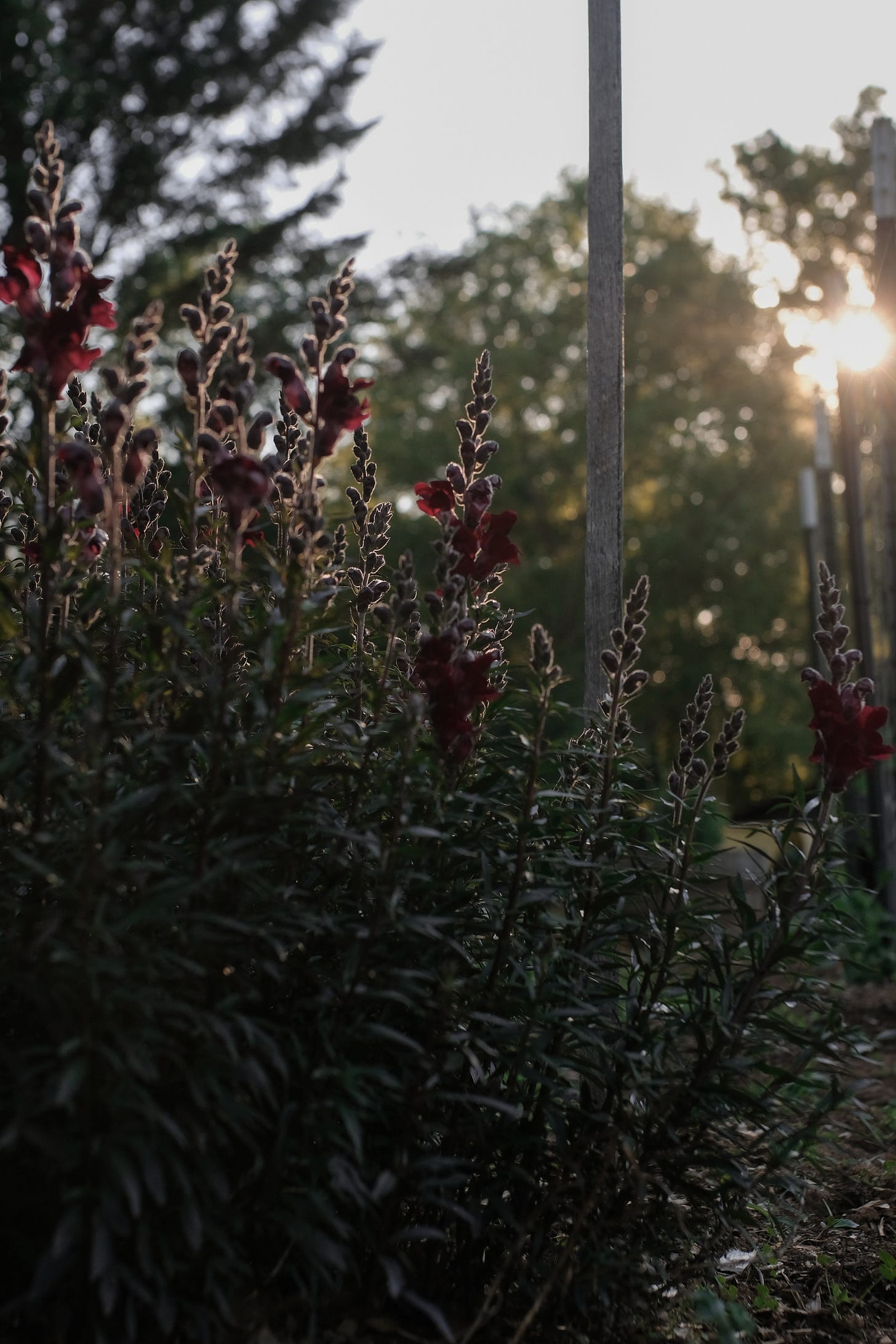


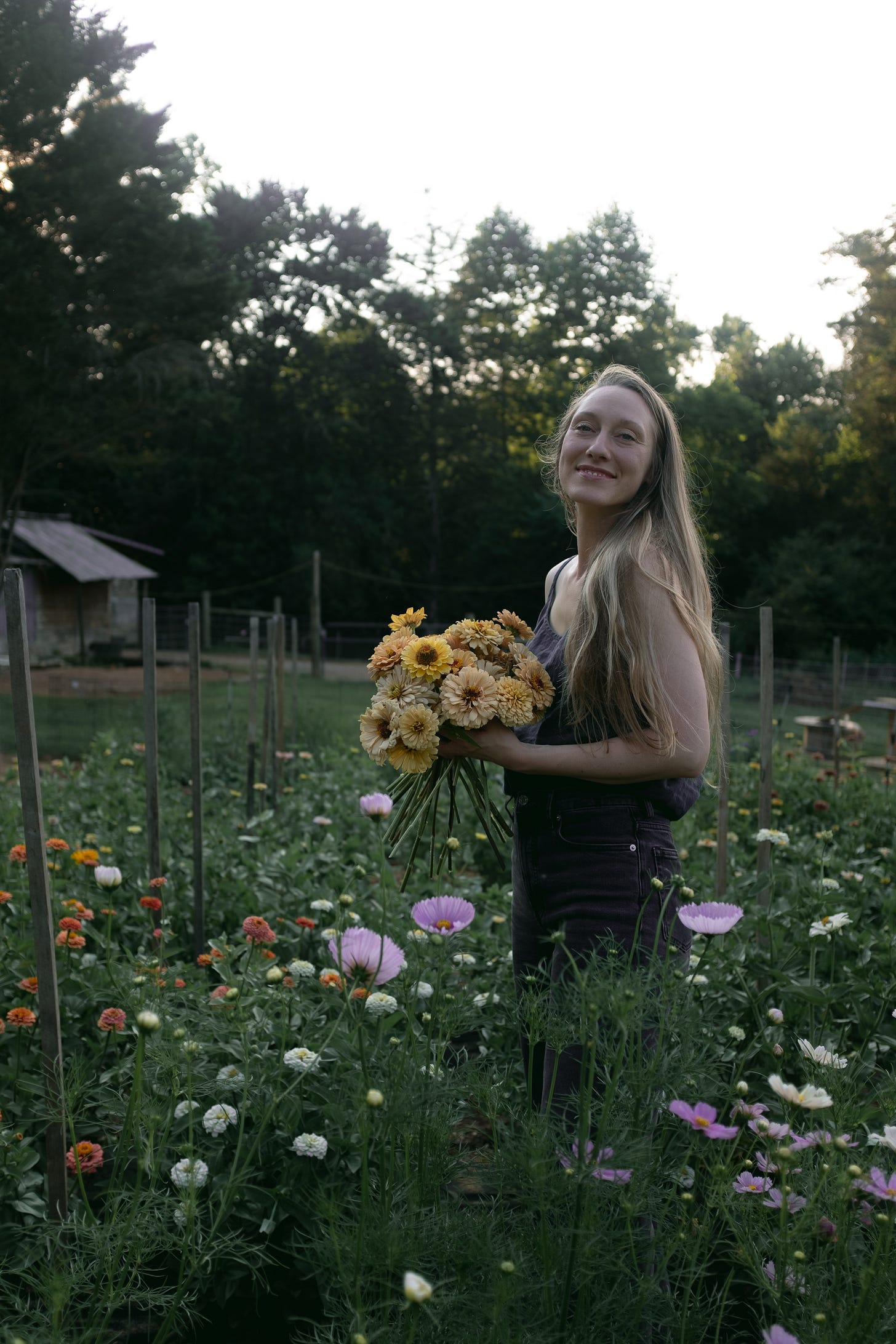
Thanks for following along! I’m so grateful you’re here.
-Emily



